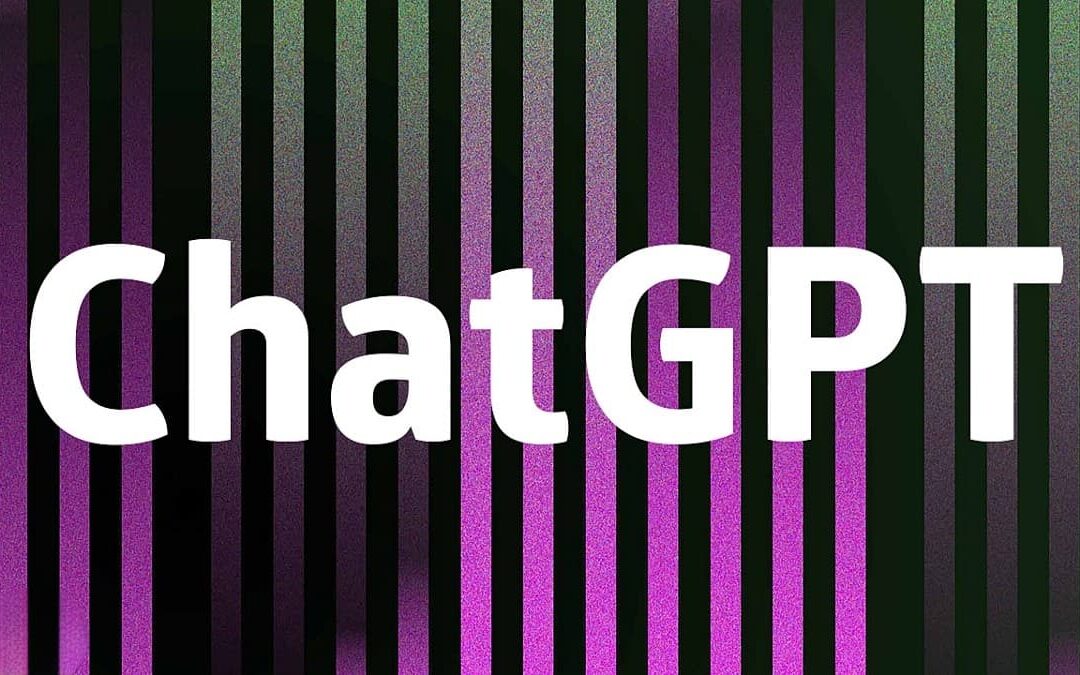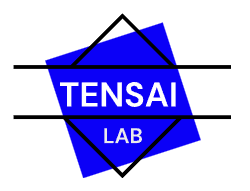
In recent years, conversational AI has emerged as a game-changing technology that has transformed the way businesses interact with their customers. At the forefront of this revolution is ChatGPT, a large language model trained by OpenAI that has taken the world by storm.
What is ChatGPT?
ChatGPT is an artificial intelligence language model that uses deep learning algorithms to generate human-like text. It has been trained on a massive amount of text data and can generate responses to a wide variety of prompts. Whether you want to have a casual chat or ask complex questions, ChatGPT is always ready to provide an insightful response.
How does ChatGPT work?

ChatGPT uses a neural network architecture called a transformer that is specifically designed for natural language processing tasks. The model is trained on a vast corpus of text data, such as books, news articles, and web pages. During training, the model learns the patterns and structures of natural language and uses this knowledge to generate text that is similar to human language.
When a user inputs a prompt, ChatGPT analyzes the input and generates a response based on its training. The model uses a technique called beam search to generate a set of possible responses and chooses the best one based on a scoring mechanism.
What are the applications of ChatGPT?
ChatGPT has a wide range of applications, including:
- Customer Service: ChatGPT can be used to provide 24/7 customer support without the need for human agents. The model can answer frequently asked questions and provide personalized assistance to customers.
- Language Translation: ChatGPT can be used to translate text from one language to another. The model can understand the context of the text and provide accurate translations that capture the meaning of the original text.
- Content Creation: ChatGPT can be used to generate high-quality content for blogs, social media posts, and other types of content. The model can generate text that is informative, engaging, and tailored to the audience.
- Educational Applications: ChatGPT can be used to create educational content and provide personalized tutoring. The model can answer questions and provide explanations that are tailored to the student’s level of understanding.
What are the benefits of ChatGPT?
ChatGPT offers several benefits, including:
- Scalability: ChatGPT can handle a large volume of requests without the need for additional resources. This makes it an ideal solution for businesses that need to provide 24/7 customer support.
- Personalization: ChatGPT can analyze user data and provide personalized responses. This makes it possible to tailor responses to the user’s needs and preferences.
- Efficiency: ChatGPT can generate responses quickly and accurately. This reduces the time and effort required to provide support and generates more accurate responses.
- Cost-effective: ChatGPT is a cost-effective solution compared to hiring human agents. It eliminates the need for training and paying salaries to customer support representatives.
Conclusion
ChatGPT is a powerful technology that has the potential to transform the way businesses interact with their customers. It is a versatile tool that can be used for a wide range of applications, from customer support to content creation. As the technology continues to evolve, we can expect ChatGPT to become an even more integral part of our daily lives.

Leave a Reply